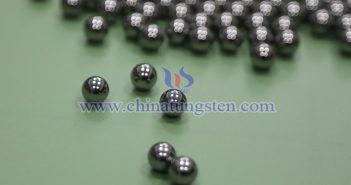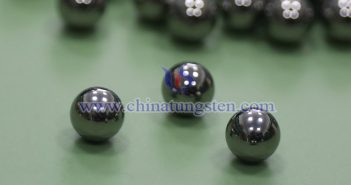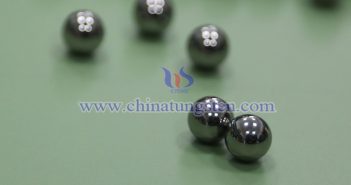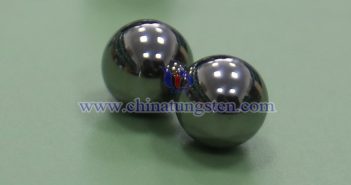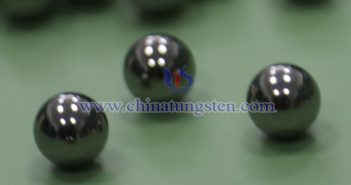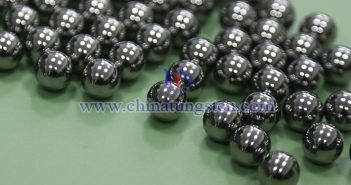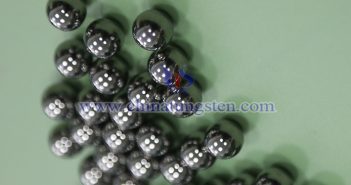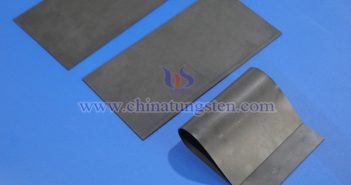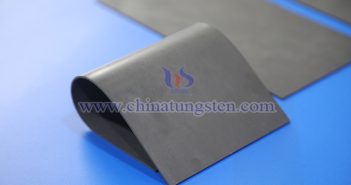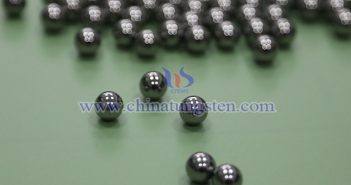
With their high hardness, wear resistance, corrosion resistance, precision, and high load-bearing capacity, tungsten carbide balls are indispensable components in precision bearings. Their application significantly improves bearing performance and longevity, making them widely used in high-end manufacturing, aerospace, precision instruments, and other fields, providing reliable technical support for modern industry. The role of tungsten carbide balls in precision bearings is mainly reflected in the following aspects: 1. High Hardness and Wear Resistance Tungsten carbide balls are typically made from high-hardness…

